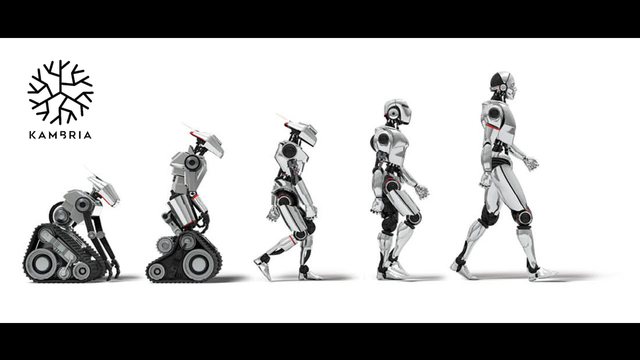
When thinking about robots and artificial intelligence (AI) most of us will envision the archetypical images of Star Wars legends R2D2 and C3PO or my personal favourite childhood badass the Terminator. While science fiction literature and movies have provided a stage for robots to display their awesome potential, they also often paint a picture of a dystopian world in which robots become self-aware beings, rebelling against and ultimately suppressing mankind. I wouldn’t be surprised if a lot of people are actually quite anxious about robots taking over the world in the future. Luckily this not the case (yet) and are robots nowadays used for carrying out all kind of routine or complex tasks. Currently, robots can be used to perform various tasks, such as: surgery, accompany the elderly, diffuse bombs, and space exploration. Hence robots can save lives and perform tasks that would otherwise be too complex or too dangerous to perform by humans. In this article I would like to take you on an adventure and take a look at the interesting history of robotics and AI.
How to define the term robot
There are a lot of different definitions of what a robot is; but perhaps the simplest and most accurate definition is: “a robot is a machine, especially one programmable by a computer, capable of carrying out a complex series of actions automatically”.
The term “robot” was first coined by the Czech Karel Čapek in the play R.U.R. (Rossum's Universal Robots) originated in 1920. R.U.R. is a satirical play about robots manufactured with the sole purpose of performing all unpleasant manual labor. The word was derived from the Czech word robota, meaning servitude. In 1942, science fiction author Isaac Asimov formulated the Three Laws of Robotics, which are:
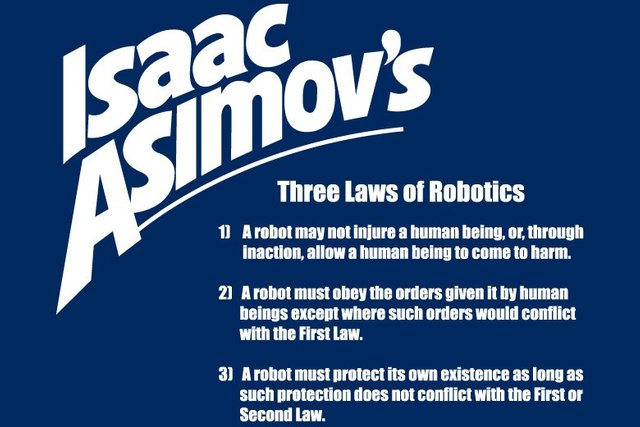
The first encounters
Perhaps the earliest instance of robotics dates as far back as 1500 B.C. During that period the Egyptians developed the so-called water clock. The water clocks measured time as a result of the force water falling through it at a constant rate and used human figurines to strike the hour bells. The oldest example of the water clock, found in the tomb of Amenhotep I, dates as far back as 1500 B.C..
In 350 B.C. the Greek mathematician Archytas invented “The Pigeon”, a mechanical bird that could be propelled into the air via the use of steam. Another well known automation is a humanoid drawn by Leonardo da Vinci dating back to around 1495. Leonardo's Da Vinci’s drawings was that of a mechanical knight in armour which was able to sit up, move its head and jaw and wave its arms.
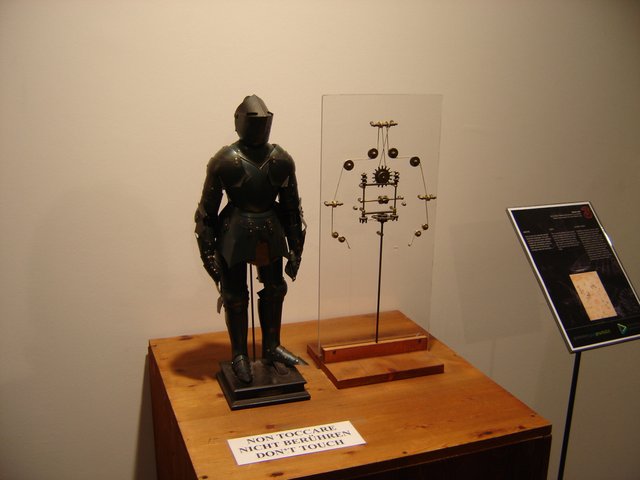
My personal favorite attempt of robotics was the Mechanical Turk built by Wolfgang von Kempelen, which was basically designed to be a robot that could play a strong game of chess. During the late 18th and 19th century this machine toured all over Europe and defeated many challengers including Napoleon Bonaparte and Benjamin Franklin. Eventually the Mechanical Turk was revealed to be a hoax, with a real human chess master being hidden inside the compartment and operating the machine.
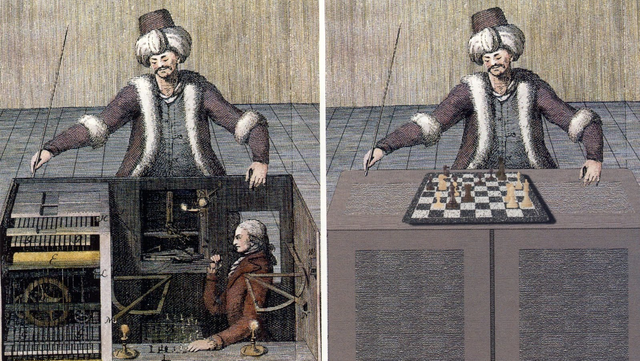
The first humanoid robot is said to be built in 1810 by Friedrich Kaufmann and represented a soldier blowing on a trumpet. The Kaufmann Trumpeter had leather bellows acting as lungs and reeds which mimicked the sound of a trumpet. For that time, this was quite the spectacle.
Advances during the 20th century
During World War I remote control weapons were deployed. Most noteworthy it was Nikola Tesla, who had designed and manufactured an electrical boat that could be controlled remotely via radio signals.
In 1932 Lilliput was introduced in Japan, which is considered to be the first toy robot. Lilliput was a 15 cm tall wind-up toy that could walk around. In Japan the love for Robots grew and during the 1950’s robots became well-known comic book characters. Perhaps the most iconic one being Astro Boy.
Thanks to the advances in programmable computers during the 1940s, the robots as we know them today began to take shape. George Devol would invent Unimate, which is considered to be the first industrial robot and one of the most important milestones in the evolution of robotics. Unimate was able to transport die castings and weld them into automobiles and through the hands of Joseph Engelberg (who later acquired the nickname “the father of robotics”) joined the assembly line at the General Motors.
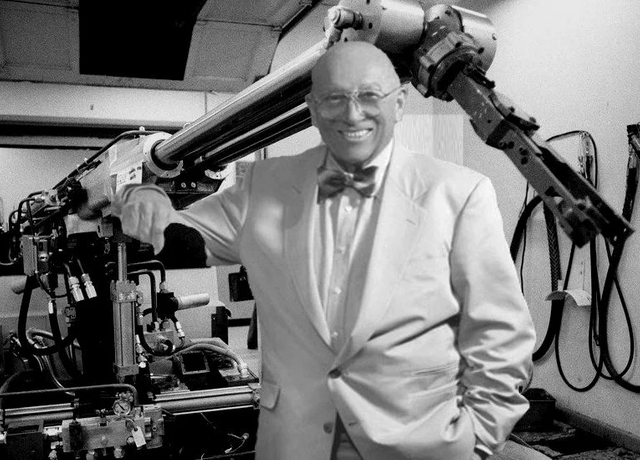
The 1970s and 1980s were characterized by new advances and gave rise to projects such as: Shakey, which was the first general-purpose mobile robot able to reason based on its own actions. Shakey was able to perform tasks, such as: travelling from one location to another, opening doors and pushing obstacles around. The Stanford Arm would become the standard regarding the design for future robot arms, and ultimately gave rise to the Puma350, the first medical robot to be used in surgery. Puma350’s task was to orient the needle during a brain biopsy, but it was discontinued for safety reasons.
Another big milestone in the history of robotics was the development of the Mars rover Sojourner. The Mars rover was part of the Mars Pathfinder mission (1997) and was built to perform semi-autonomous operations on Mars’ surface. Equipped with an obstacle avoidance program, the Mars rover was able to plan and navigate routes across the terrain in order to study the surface of the planet.
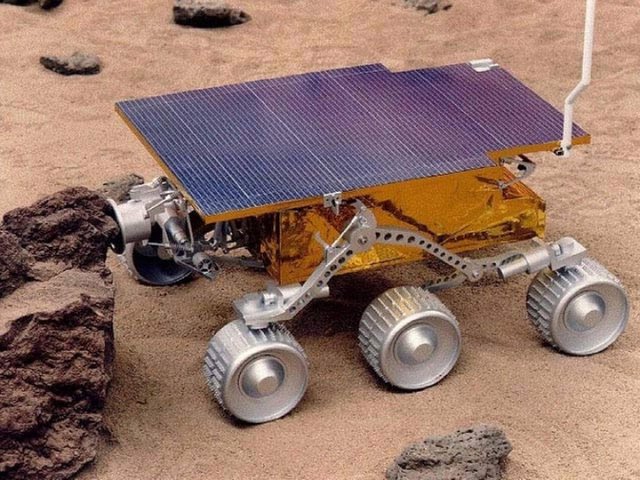
During the same year IBM's Deep Blue computer would go on to be the first computer to defeat a world chess champion (in this case Garry Kasparov) under tournament conditions. Noteworthy is that Google’s AlphaGo defeated world-class GO player Lee Sedol in 2015 (AlphaGo versus Lee Sedol), using neural networks and reinforced learning; whereas previously computers were only able to beat amateur Go players.
The years 2000 till present
The last two decades have seen a lot of technology enhancement in the field of robotics and AI and a lot of interesting projects have emerged. Too many to name them all, so I have made a small selection to represent the current advances.
PackBots, During the aftermath of the Sept. 11 attacks, the collapsed buildings were too dangerous and confined for humans or dogs to navigate. The small PackBots (manufactured by iRobot) were used to determine the structural condition of the buildings and search the debris for survivors.
ASIMO robot, In 2000 Honda brought us ASIMO, which was designed to advance the mobility of robots, allowing it to walk smoothly and climb stairs. Newer versions of ASIMO were even able to run, turn, navigate uneven surfaces, map its environment, avoid obstacles, reach for and grasp objects and even recognize faces.
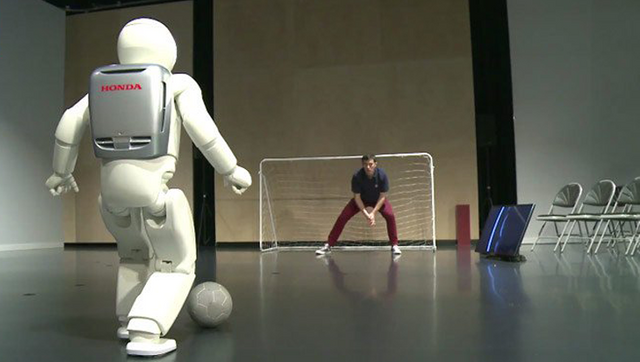
Roomba,. Another robot manufactured by iRobot is the Roomba. The Roomba can be considered the first widespread used domestic robot, riding around the house vacuuming the floors, without any instruction or aid from its owner.
Robot Surgeon. In May 2006, a robot integrated with data from 10,000 real operations conducted an unassisted, 50-minute surgical procedure on a 34-year-old man’s heart.
Transportation industry, the transportation industry can greatly benefit from technological advancements, such as: urban aerial mobility, drones and self-driving cars; making transportation safer and reducing traffic congestions. Two promising projects I would like to highlight are: Hyperloop One and Pop.up NEXT. Hyperloop’s objective is to be the fastest land transportation ever with a projected top speed of 1,080 kilometres per hour.
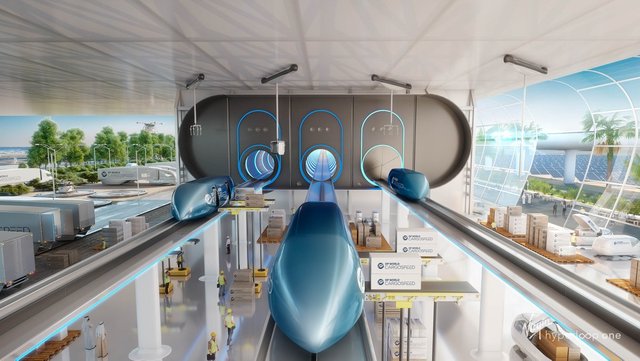
Pop.up NEXT is a modular vehicle capable of either ground or air transportation. With the wheels activated the vehicle functions as a car; but when the fly-module is attached the vehicle can also function as helicopter.
Sophia, is modelled after actress Audrey Hepburn and is characterized by a human-like appearance and behavior, which is more advanced than previous robotic entities. Sophia uses artificial intelligence, visual data processing and facial recognition to imitates human gestures and facial expressions and is designed to get smarter over time. Sophia is also capable of engaging in simple conversation and answering various questions. On 25 October 2017, Sophia was granted Saudi Arabian citizenship, making her the first robot ever to have a nationality. Although this is pretty cool; it also raises a few questions as whether this implies that Sophia is eligible to vote or marry, or whether a deliberate shutdown of Sophia’s system can be indicated as murder. Very interesting food for thought to say the least.
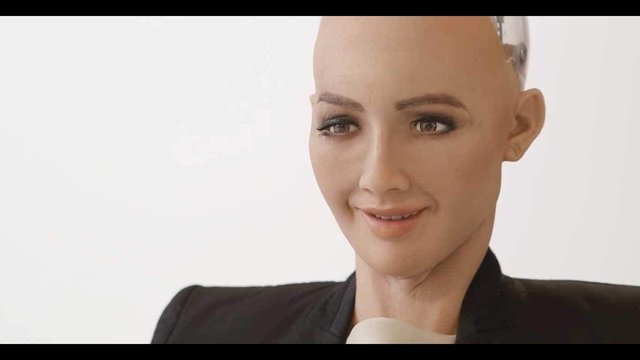
Kambria, the next evolutionary step
Although the field of robotics and AI is growing, a lot of the knowledge remains siloed, leading to similar projects doing the same research and development. The development of the robotics and AI industry can benefit from more collaboration between developers. Kambria Network aims to disrupt the robotics an AI industry by building an open innovation platform which will accelerate the growth of the industry, enabling faster, cheaper, and easier development and adoption of technologies.
Kambria
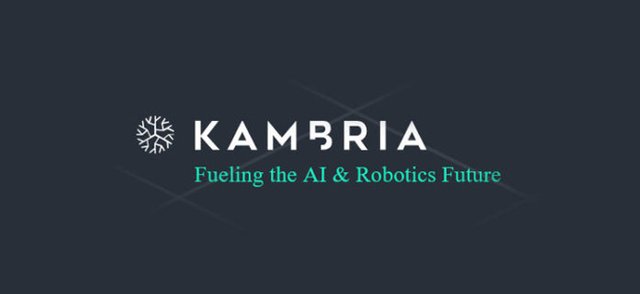
Kambria proposes a blockchain based platform that incentivizes contributors which will fuel the platform through with the help of Kambria Network’s native KAT tokens. Kambria that was initiated by robotics and AI manufacturing company OhmniLabs which developed telepresence robot Ohmni. By using 3d printing technology and streamlining an iterative design, OhmniLabs offers an affordable telepresence robot to customers worldwide. While working on Ohmni, the team noticed they were wasting precious time and resources because they were researching things that were already done by other companies or university research labs.
This issue led them to start Kambria. By sharing thoughts, ideas, research, designs and incentivizing those that contribute to the Kambria platform, the industry can become much more efficient, grow faster and reduce overall costs.
Five main pillars
Kambria Network is comprised of the following five main pillars:
- The KDNA codebase: The platform’s foundation is the Kambria codebase or KDNA. The codebase contains all the information, software, firmware, hardware and AI needed to build a robot.
- The Manufacturing Alliance (KMA): The codebase will be supported by the manufacturing alliance, which allows people to prototype and manufacture the robots created with the help of the KDNA codebase.
- The innovation bounty marketplace: In the innovation marketplace manufacturers can offer robotic parts in exchange for a bounty, or interested parties can launch a crowdfunding campaign that runs on bounty tokens where developers manufacture a robot based on their demands.
- Legal Protection: The community will come together to protect the innovation platform in the Proof of Violation (PoV) standard. Besides legal protection, there will also be a fair use policy put in place that consists of terms and conditions for community members. Free-riders will be dealt with in the appropriate way.
- Value capture: This feature will use KAT tokens to bring value to the platform so that the longevity can be guaranteed and the project is not dependent on donations. Various value points will be created. For instance, when a robot is manufactured, after the value point occurs the fee will be enforced and the collected KAT tokens will be disbursed to the manufacturer (largest part) and into the community reserve (small part).
It will be interesting to see new steps that will be taken in the development of robotics and chances are that the Kambria platform can speed up the next evolutionary step, by facilitating cooperation between researcher, developers and manufacturers.
Kambria Social Media
- Website: https://kambria.io/
- Whitepaper: https://bit.ly/2y7eckC
- Telegram (ENG): https://t.me/kambriaofficial
- Twitter: https://twitter.com/KambriaNetwork
- Medium: https://medium.com/kambria-network

Disclaimer: This article is not intended as investment advice. It is just my personal opinion about the Kambria project. You should always do your own research.
Subscribe to my channels: Medium, Twitter and Steemit if you enjoy my articles and would like to be informed about blockchain, cryptocurrency projects, and news. You can also read my articles on LinkedIn.
@cryptoshowdown, I gave you a vote!
If you follow me, I will also follow you in return!
Downvoting a post can decrease pending rewards and make it less visible. Common reasons:
Submit